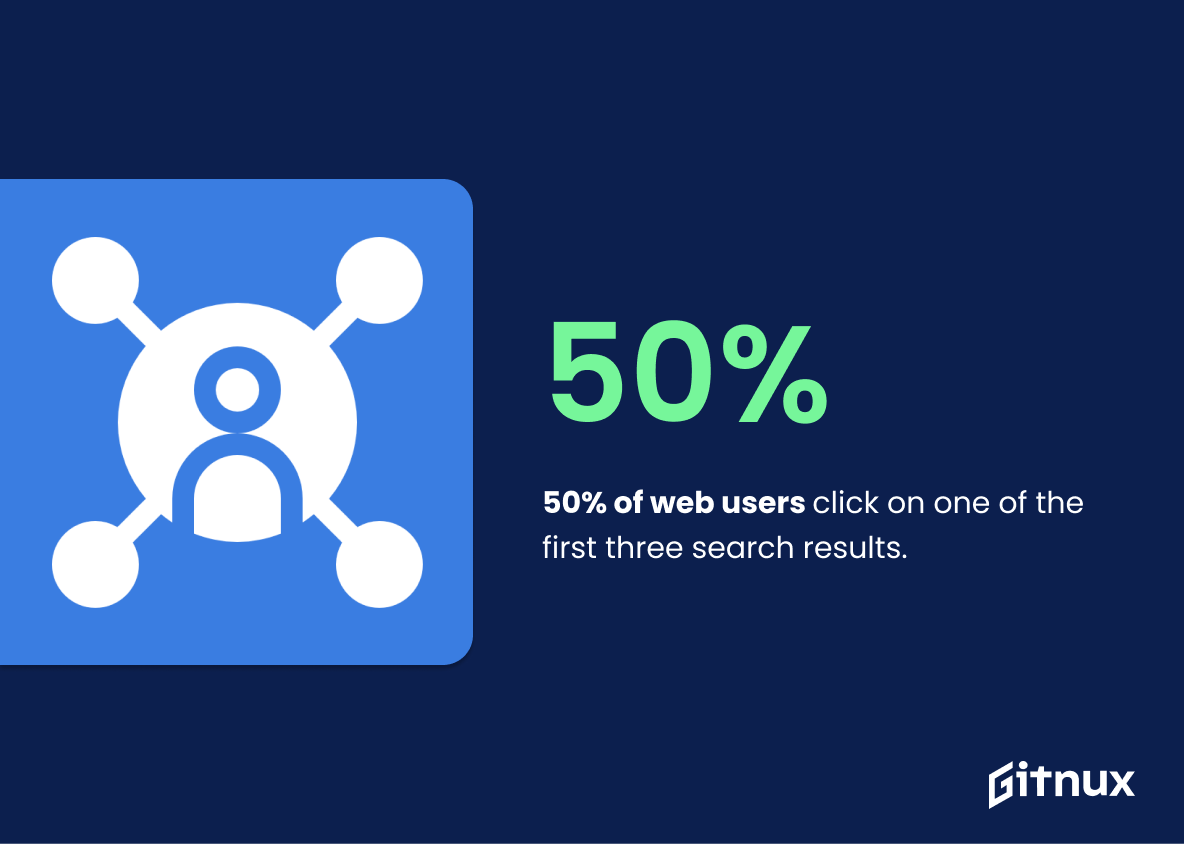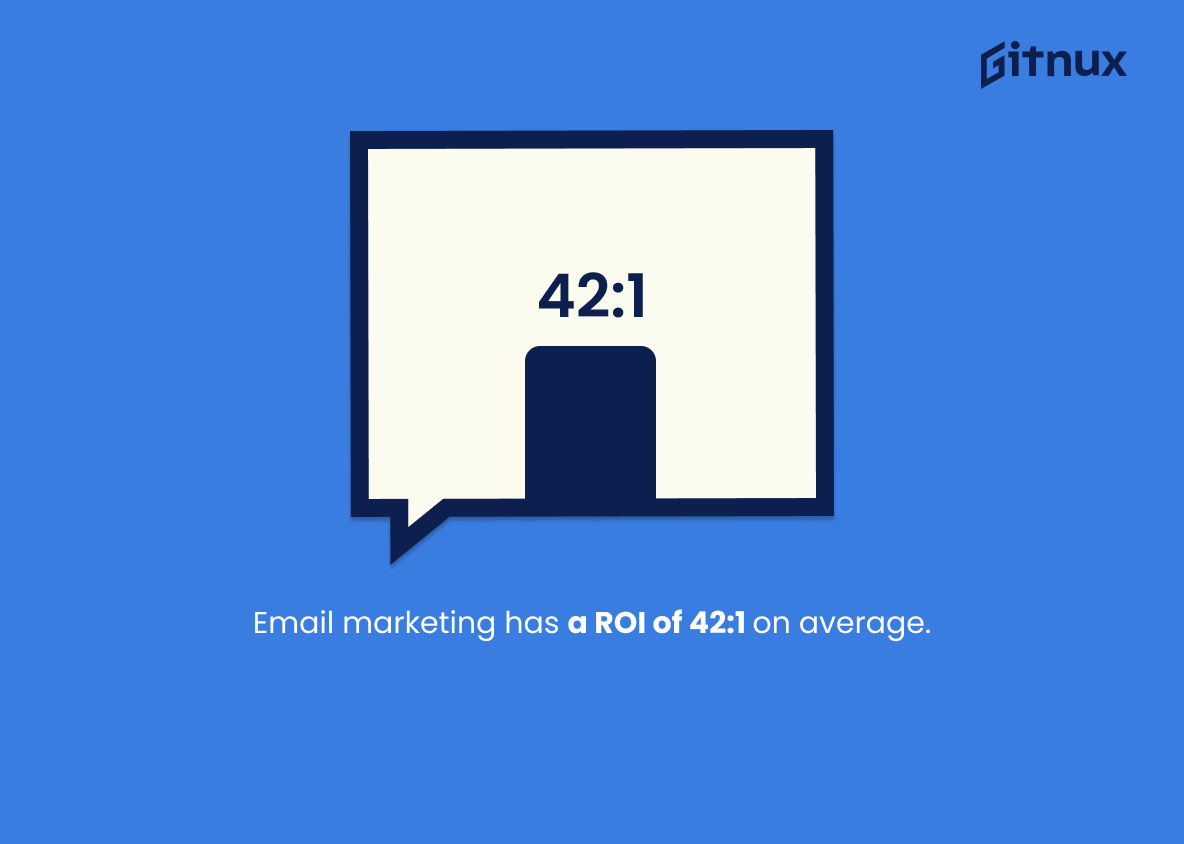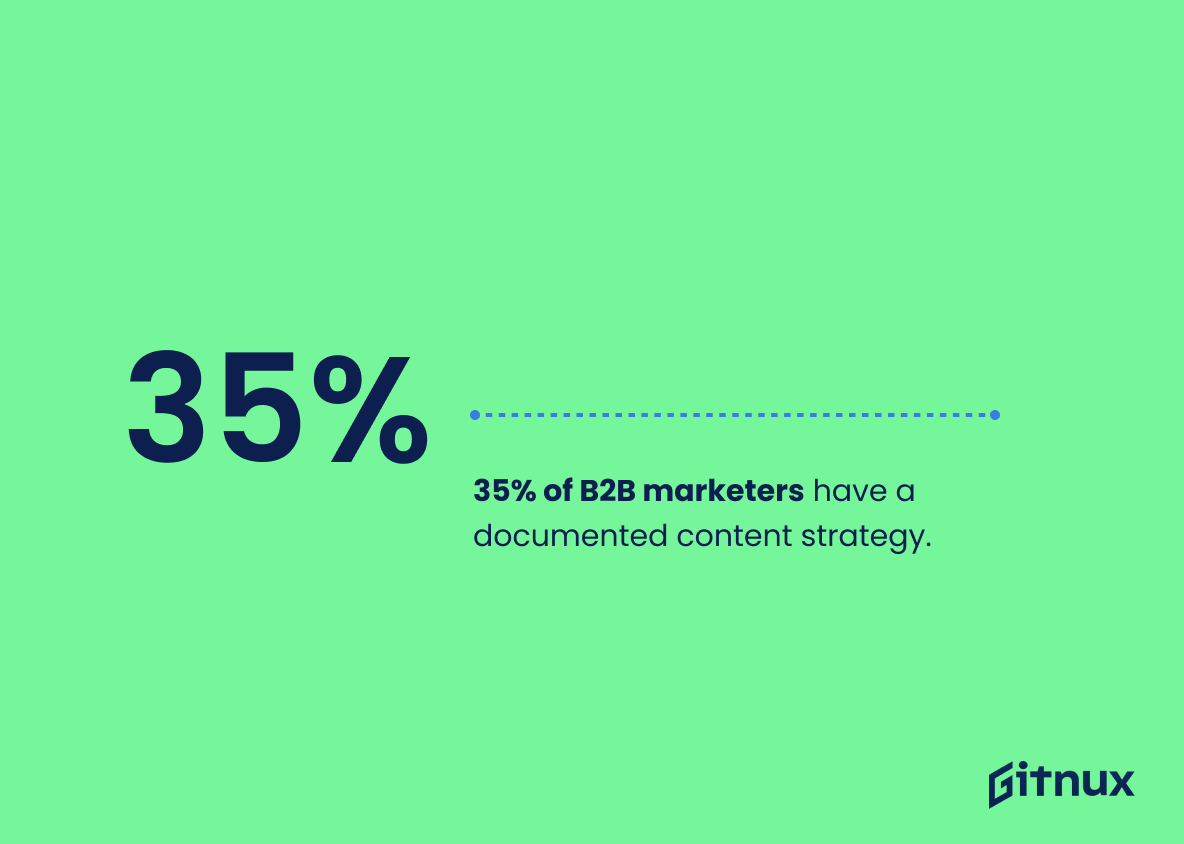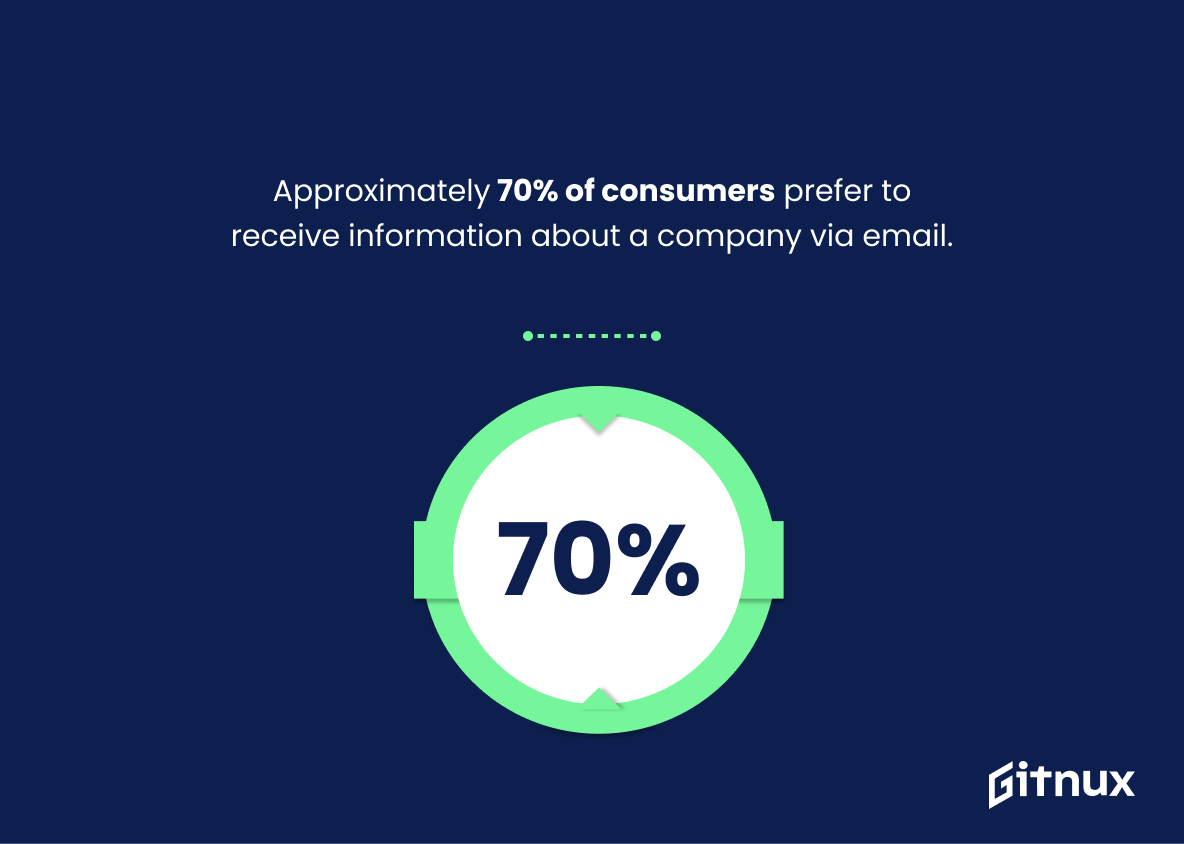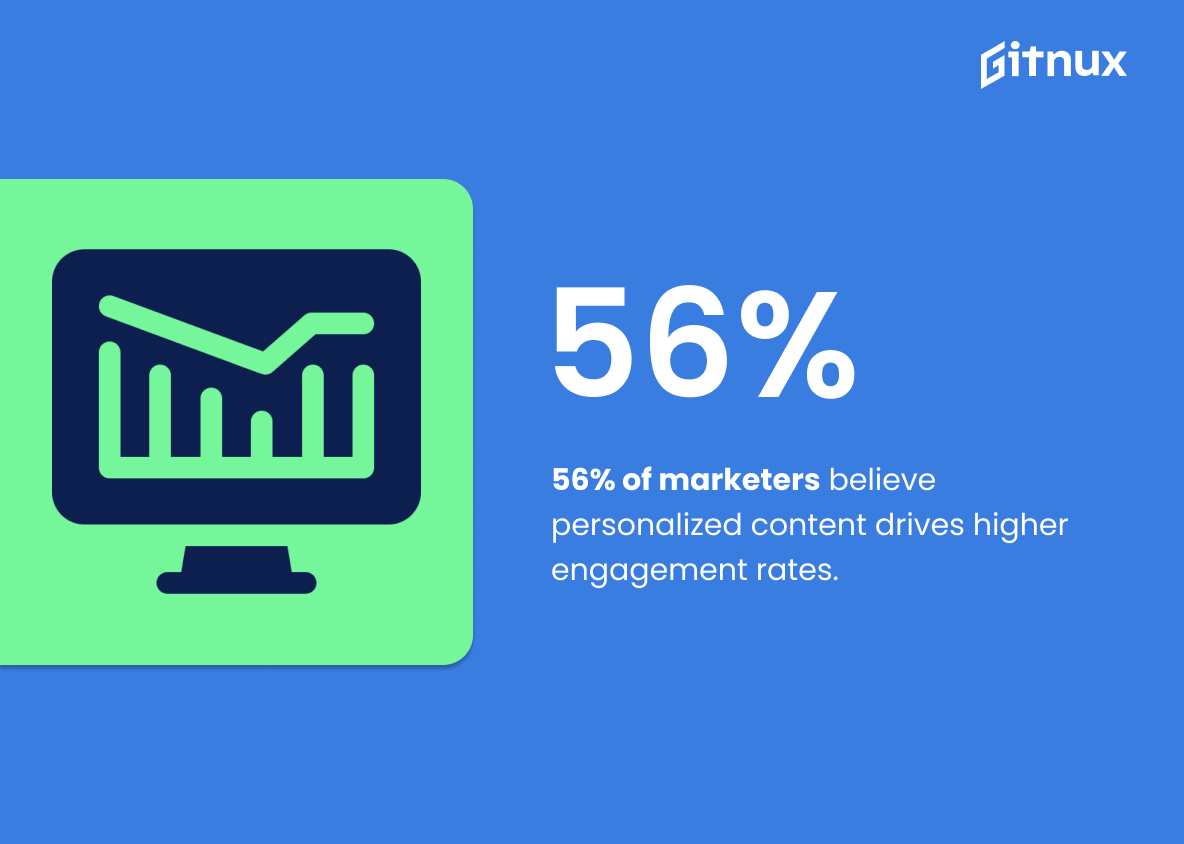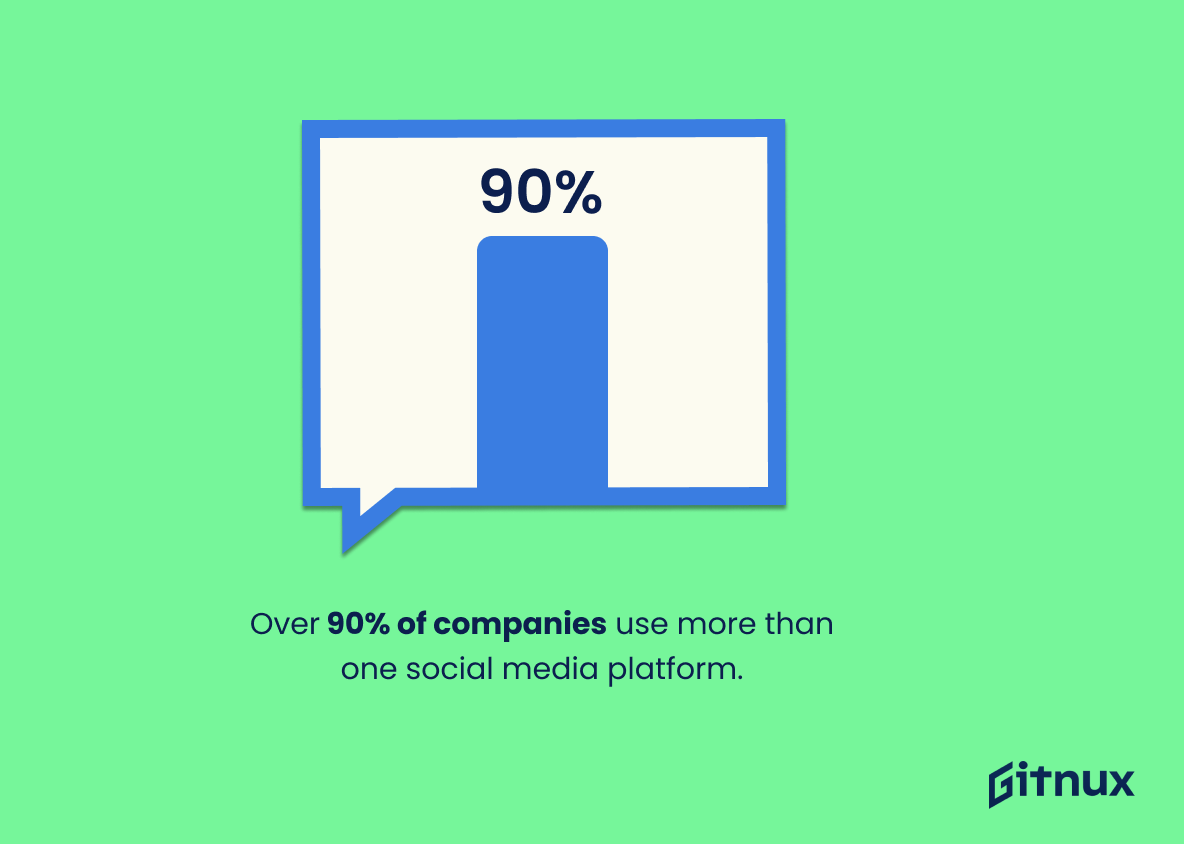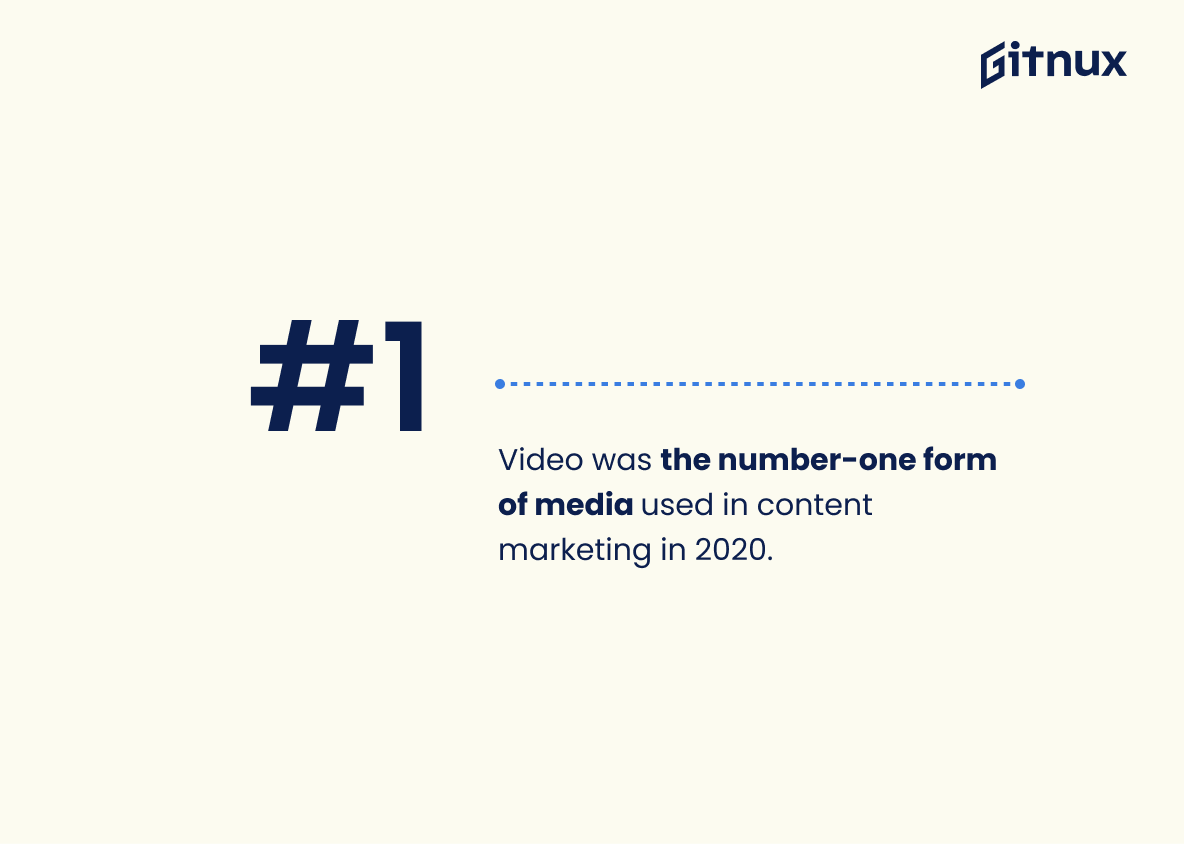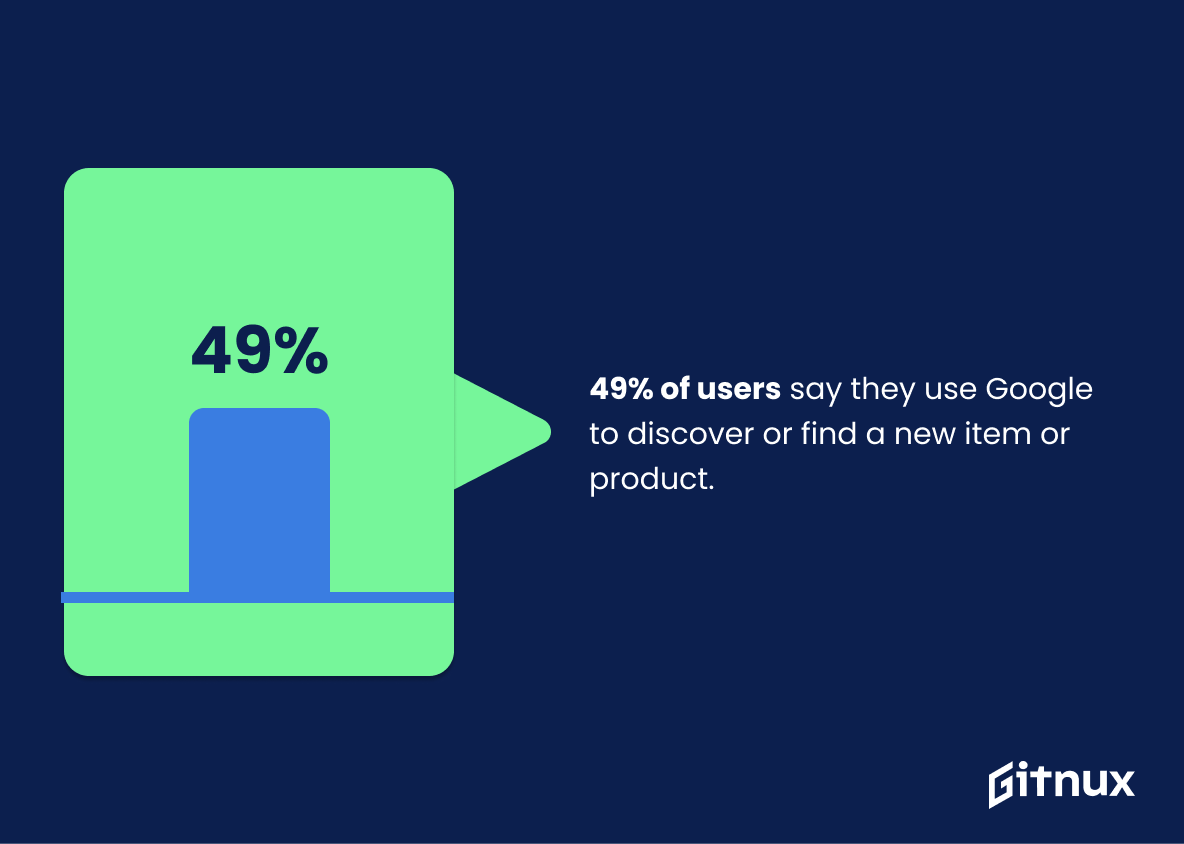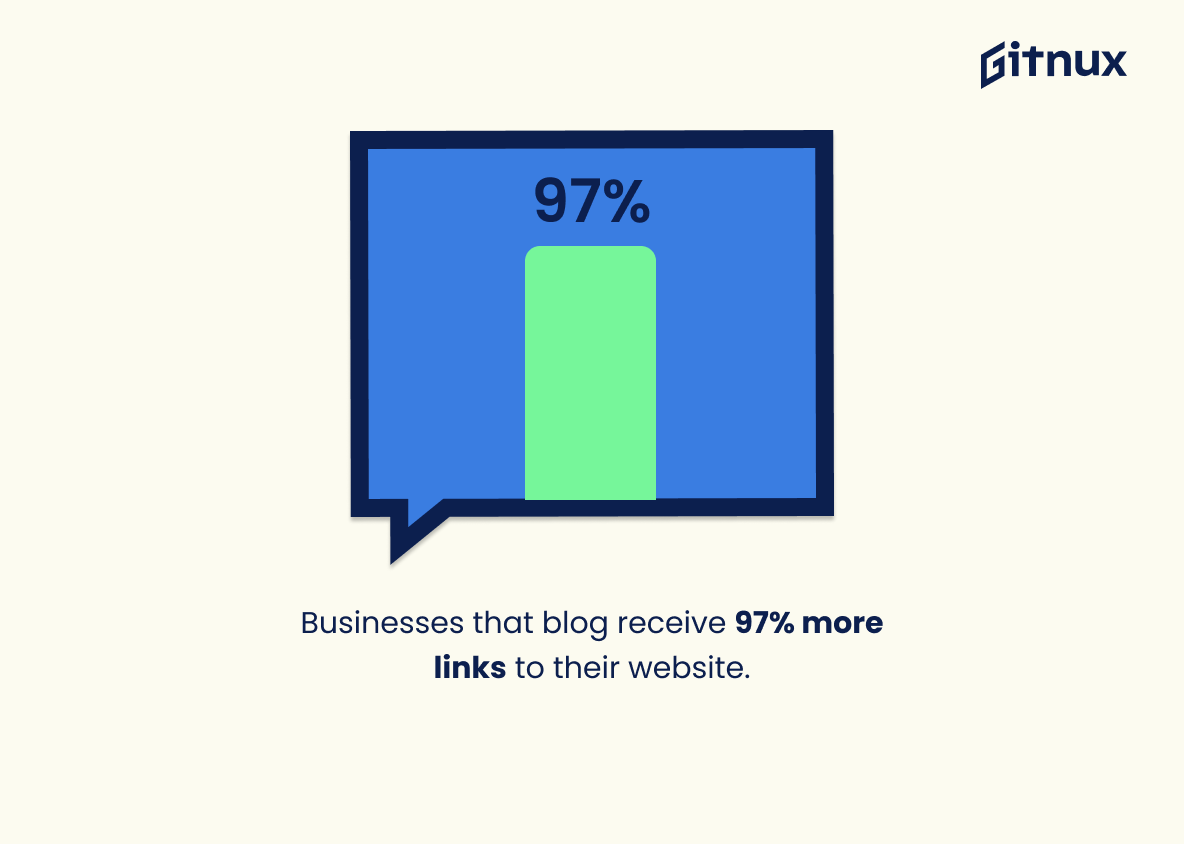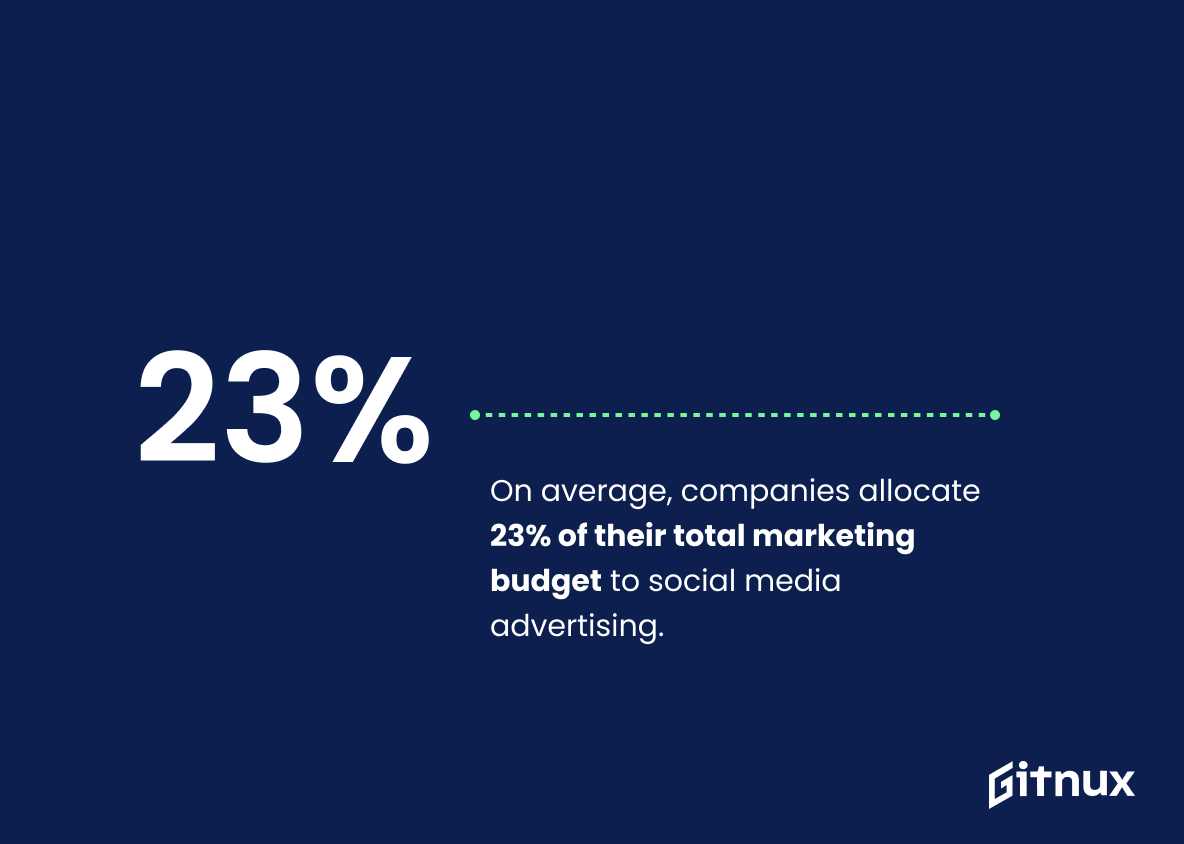Marketing is an essential part of any business, and understanding the latest marketing statistics can help you make informed decisions about your own strategies. In this blog post, we’ll take a look at 20 different marketing statistics that will give you insight into how to best reach customers in 2021. From content marketing to SEO and email campaigns, these stats provide valuable information on what works for businesses today. We’ll also explore social media advertising budgets, video engagement rates, search engine optimization results and more. Read on to learn more about the current state of digital marketing.
This statistic is a powerful indicator of the effectiveness of content marketing in the B2B space. It shows that the vast majority of B2B marketers are leveraging content to reach their customers, demonstrating the importance of content in the marketing mix. This statistic is a valuable addition to any blog post about marketing statistics, as it provides a clear example of the power of content marketing.
66% of marketers are investing in search engine optimization (SEO).
This statistic is a clear indication that SEO is a priority for marketers, as the majority of them are investing in it. This is an important point to consider when discussing marketing statistics, as it shows that SEO is a key component of any successful marketing strategy.
Marketing Statistics Overview
50% of web users click on one of the first three search results.
This statistic is a powerful reminder of the importance of SEO in marketing. It highlights the need for businesses to ensure their website is optimised for search engines, as half of web users are likely to click on one of the first three search results. This means that if a business is not appearing in the top three, they are missing out on a large portion of potential customers.
Email marketing has an ROI of 42:1 on average.
This statistic is a powerful testament to the effectiveness of email marketing, demonstrating that for every dollar invested, an average return of 42 dollars can be expected. This makes email marketing an incredibly attractive option for businesses looking to maximize their marketing ROI. As such, it is an invaluable statistic to consider when discussing marketing statistics.
35% of B2B marketers have a documented content strategy.
This statistic is a telling indication of the importance of content strategy in B2B marketing. It shows that a significant portion of B2B marketers recognize the value of having a well-defined plan for their content, and are taking the necessary steps to ensure that their content is effective and successful. This statistic is a valuable reminder that content strategy is an essential part of any successful marketing effort.
Personalization leads to 20% more sales opportunities.
This statistic is a powerful reminder of the importance of personalization in marketing. By tailoring content to individual customers, businesses can create 20% more sales opportunities, making personalization an invaluable tool for any successful marketing strategy.
Approximately 70% of consumers prefer to receive information about a company via email.
This statistic is a powerful reminder that email remains a key tool in the marketing toolbox. It shows that email is still a powerful way to reach out to potential customers and build relationships with them. This statistic is especially important for marketers who are looking to maximize their reach and engagement with their target audience. By leveraging email as a marketing tool, companies can ensure that they are reaching the majority of their customers and prospects.
56% of marketers believe personalized content drives higher engagement rates.
This statistic is a testament to the power of personalized content in the marketing world. It shows that the majority of marketers recognize the importance of tailoring content to their target audience in order to maximize engagement. This is an invaluable insight for any marketer looking to maximize the impact of their content, and is a key point to consider when discussing marketing statistics.
Over 90% of companies use more than one social media platform.
This statistic is a powerful indicator of the importance of social media in the modern marketing landscape. It shows that companies recognize the value of having a presence on multiple platforms, and are willing to invest the time and resources necessary to do so. This highlights the need for marketers to be aware of the various social media platforms available and to develop strategies that take advantage of the unique opportunities each one offers.
Video was the number-one form of media used in content marketing in 2020.
This statistic is a testament to the power of video in content marketing. It shows that video is the most effective way to reach and engage audiences, and that marketers should prioritize it in their strategies. It also highlights the importance of staying up-to-date with the latest trends in content marketing, as video is quickly becoming the go-to medium for many businesses.
49% of users say they use Google to discover or find a new item or product.
This statistic is a powerful indicator of the importance of Google in the discovery process for new items or products. It shows that nearly half of all users rely on Google to find what they are looking for, making it a key platform for marketers to target. This statistic is especially relevant for a blog post about marketing statistics, as it highlights the importance of Google in the marketing landscape.
Mobile advertising expenses are expected to surpass desktop by 2022.
This statistic is a game-changer for marketers, as it indicates that mobile advertising is becoming increasingly important in the marketing landscape. By 2022, mobile advertising expenses are projected to overtake desktop, meaning that marketers must be prepared to shift their strategies to focus on mobile platforms. This statistic is a clear sign that marketers must stay ahead of the curve and be ready to adjust their strategies to capitalize on the growing mobile advertising market.
Retargeted ads have a 10x higher clickthrough rate than regular display ads.
This statistic is a powerful reminder of the importance of retargeting in marketing campaigns. It highlights the potential of retargeting to drive significantly higher clickthrough rates than regular display ads, making it an invaluable tool for marketers looking to maximize their return on investment. In a blog post about marketing statistics, this statistic serves as a reminder of the importance of retargeting and its potential to drive higher clickthrough rates.
Businesses that blog receive 97% more links to their website.
This statistic is a powerful reminder of the importance of blogging for businesses. By creating content and sharing it on their blog, businesses can increase the number of links to their website, which can lead to more website traffic and potential customers. In other words, blogging can be a great way to boost a business’s online presence and reach more people.
On average, companies allocate 23% of their total marketing budget to social media advertising.
This statistic is a valuable insight into the current state of marketing, demonstrating that social media advertising is a major priority for companies. It highlights the importance of social media in the marketing landscape, and serves as a reminder that businesses should be allocating a significant portion of their budget to this area.
49% of smartphone users are more likely to make a purchase after watching a branded video.
This statistic is a powerful reminder of the impact that branded videos can have on consumer behavior. It shows that nearly half of smartphone users are more likely to make a purchase after watching a branded video, indicating that video content can be an effective tool for driving sales. This is an important insight for marketers looking to maximize their return on investment in video content.
Conclusion
From these marketing statistics, it is clear that businesses need to invest in content marketing, SEO, email campaigns and social media advertising if they want to reach their customers. Content strategies should be documented and personalization can lead to more sales opportunities. Additionally, video has become the most popular form of media used for content marketing while mobile advertising expenses are expected to surpass desktop by 2022. Finally, retargeted ads have a higher clickthrough rate than regular display ads which makes them an attractive option for marketers looking for better ROI on their investments.
References
0. – https://www.hubspot.com
1. – https://www.contentmarketinginstitute.com
2. – https://www.info.4imprint.com
3. – https://www.blog.hubspot.com
4. – https://www.smartinsights.com
5. – https://www.zerolimitweb.com
6. – https://www.emarketer.com
7. – https://www.criteo.com
8. – https://www.google.com
9. – https://www.printweek.com
10. – https://www.oberlo.com
11. – https://www.thinkwithgoogle.com
12. – https://www.litmus.com
ZipDo, cited June 2023: Marketing Statistics
